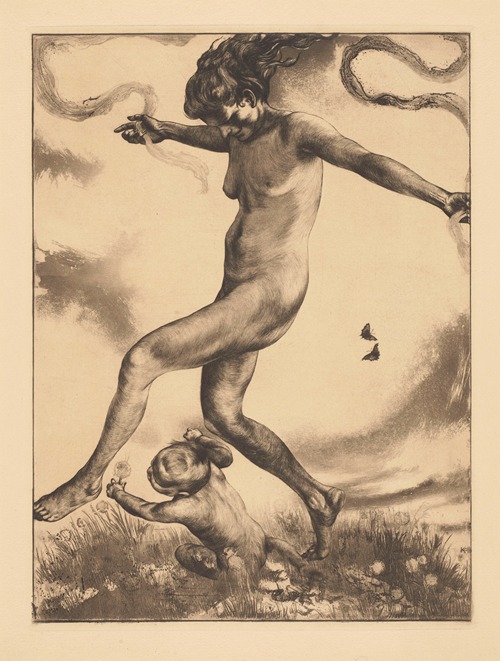
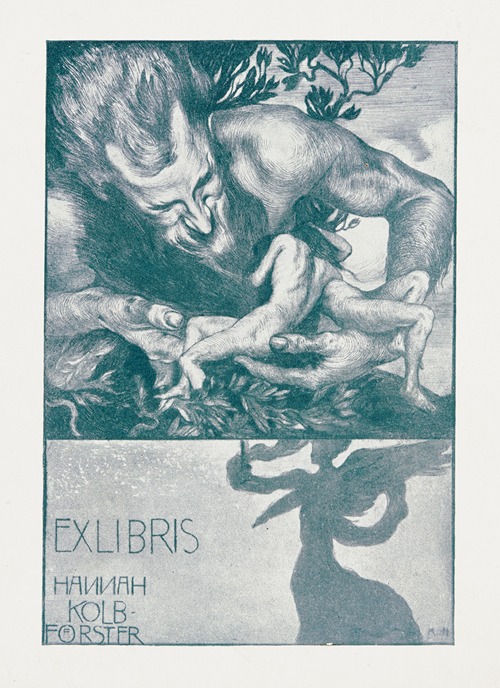
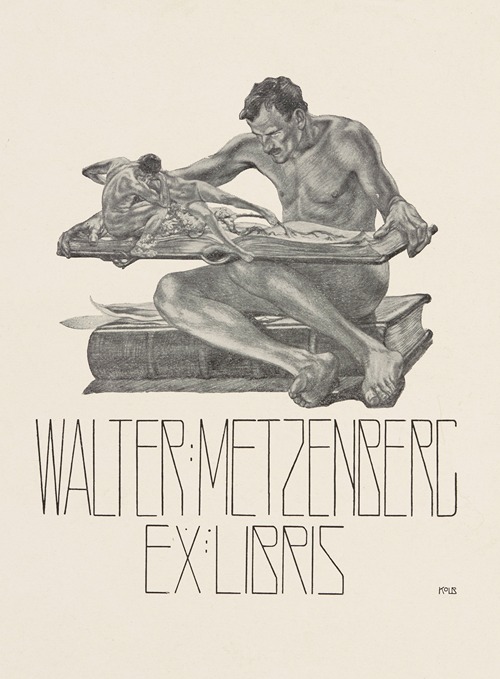
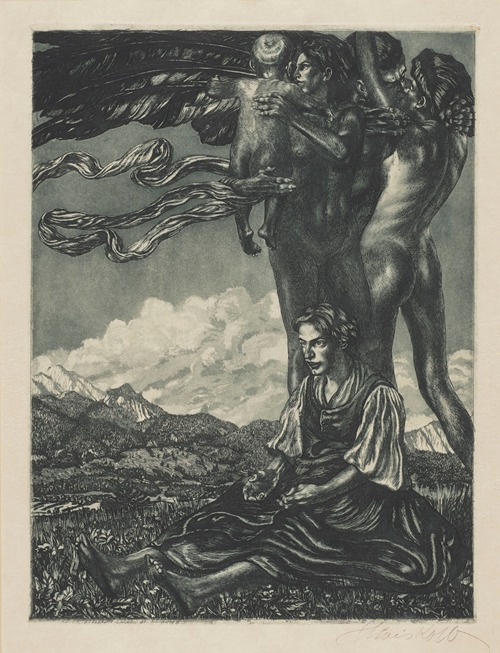
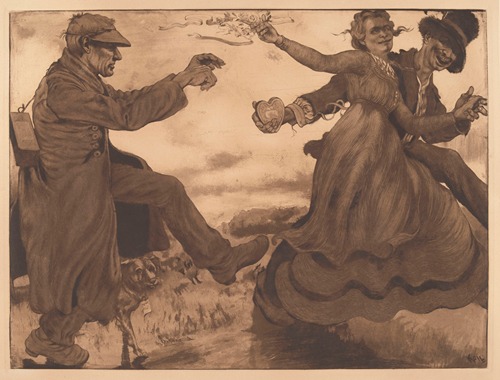
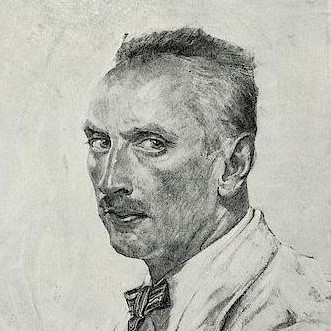

Alois Kolb was a German-Austrian etcher and painter.
The son of a German decorative painter and a Viennese woman, Alois Kolb spent his youth in Graz from 1886 to 1892.
In 1896, he enrolled at the Academy of Fine Arts in Munich, where Kolb joined Karl Raupp's painting class. At the same time, he was a student of Friedrich Fehr, Ludwig Schmid-Reutte, and Ludwig von Löfftz. He taught himself the art of etching.
From 1901 to 1904, Kolb worked in Ebersberg near Munich and in 1904/05 in Murnau. During this time, he worked as a commercial artist and illustrator for the magazine Jugend. He created technically masterful etchings during these years. As a graphic artist, he was temporarily influenced by Ferdinand Schmutzer.
From 1905 to 1907, Kolb taught nude and figurative drawing at the Magdeburg Art School. In 1907, he was appointed to the Royal Academy of Graphic Arts and Book Trade in Leipzig, where he headed the etching class as a professor until his death.
Apart from his extensive drawings, a few paintings (still lifes, nudes, portraits) and lithographs (including the cycles Ilias, 1921, and Odyssee, 1922), Kolb's significance lies exclusively in the field of etching. Thanks to Kolb, the etching department at the academy in Leipzig became a model school of its kind, producing many renowned artists.
Kolb's themes ranged from folk art to works with deep philosophical symbolism. He mainly created etched portfolios and cycles, but also designed bookplates, stamps, and other commercial art.
Kolb was a member of the German Artists' Association and, during the Nazi era, of the Reich Chamber of Fine Arts. His participation in seven major exhibitions during this period is well documented, including two nude studies acquired by Hitler at the Great German Art Exhibition in Munich in 1938.
Kolb's grave is located in the Catholic cemetery in Murnau.




